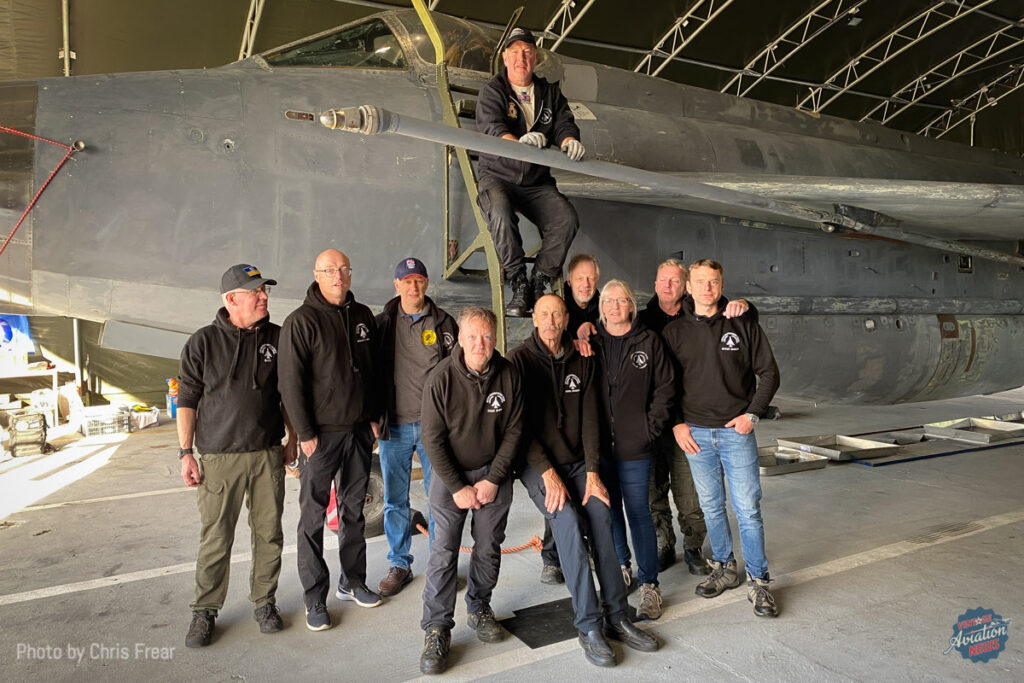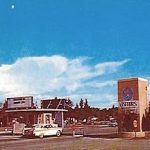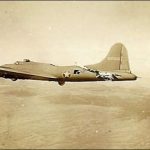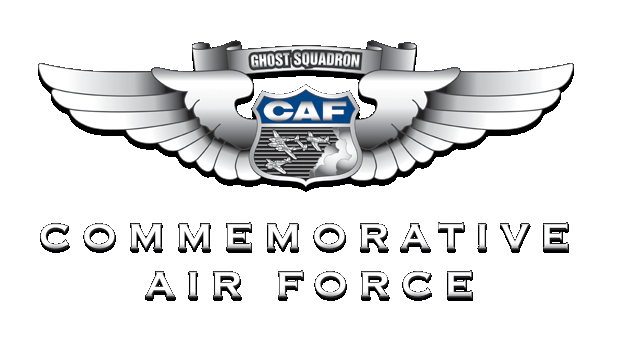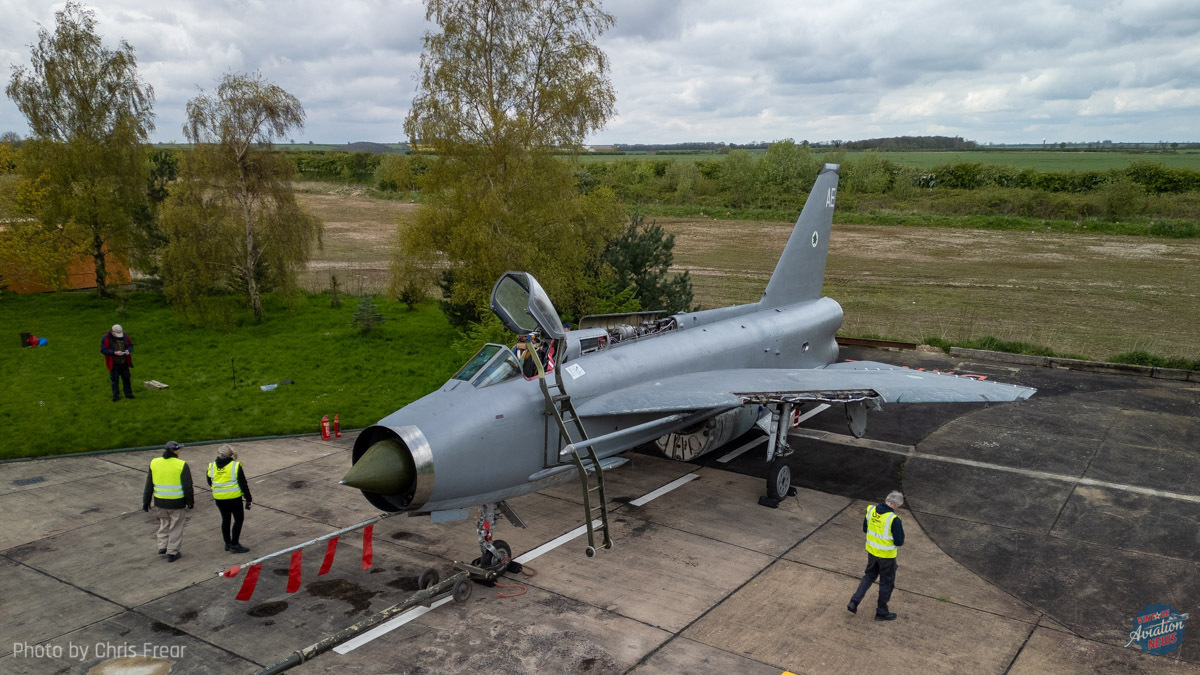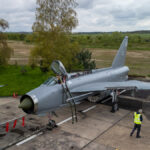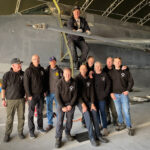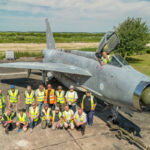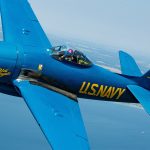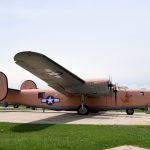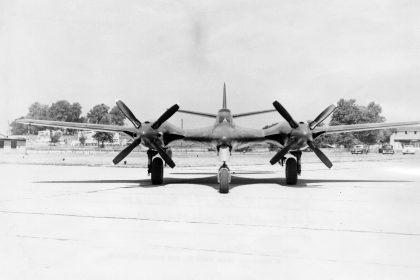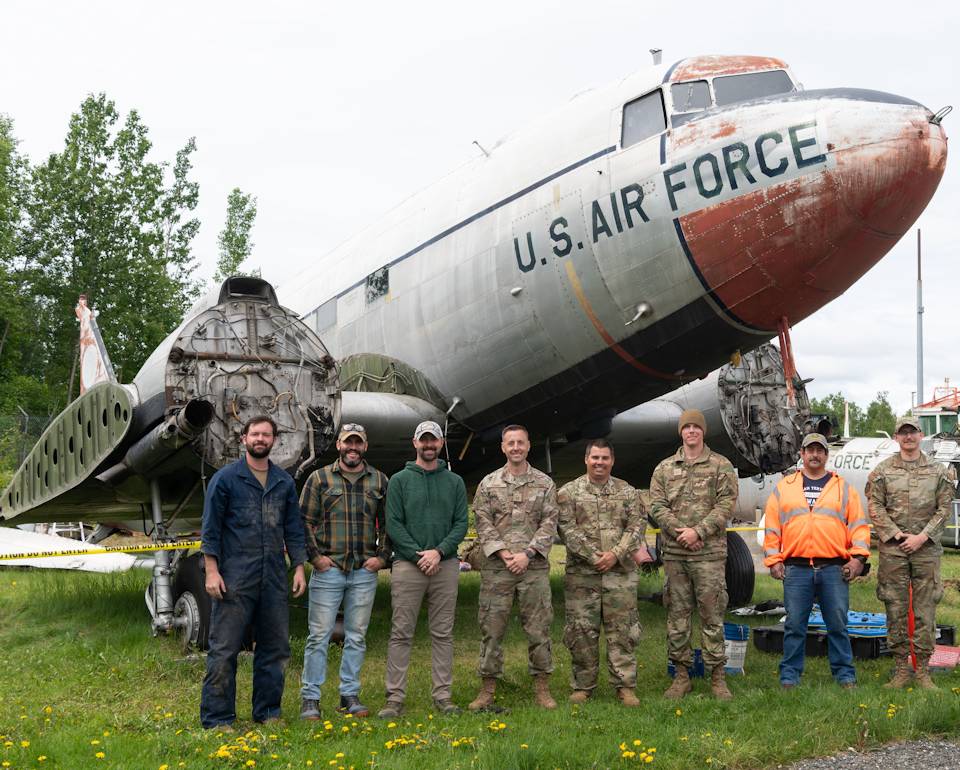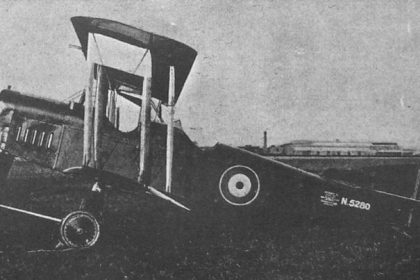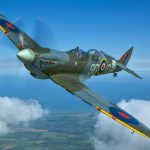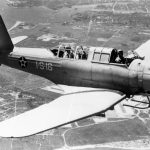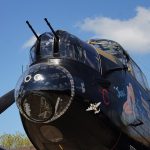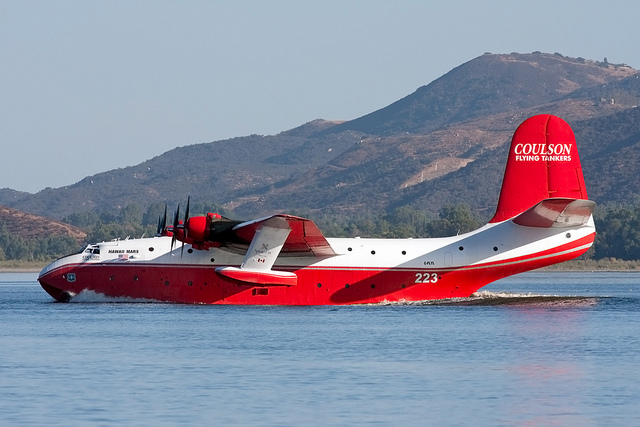Sixty years after it first took flight, English Electric Lightning XR724 roared back to life at its spiritual home of RAF Binbrook. Thanks to the tireless efforts of a dedicated volunteer team, the Cold War-era interceptor has been restored to static operational condition—and now, for the first time in decades, it has once again fired up its engines. The recent engine test marked a major milestone for the restoration group known as The Lightning Association (the jet’s owners), a community of aviation enthusiasts named after the popular viewing point once used by plane spotters at the base. The sight and sound of XR724 coming alive was described as both nostalgic and exhilarating, recalling an era when the twin-engine supersonic fighter regularly shook the Lincolnshire countryside.
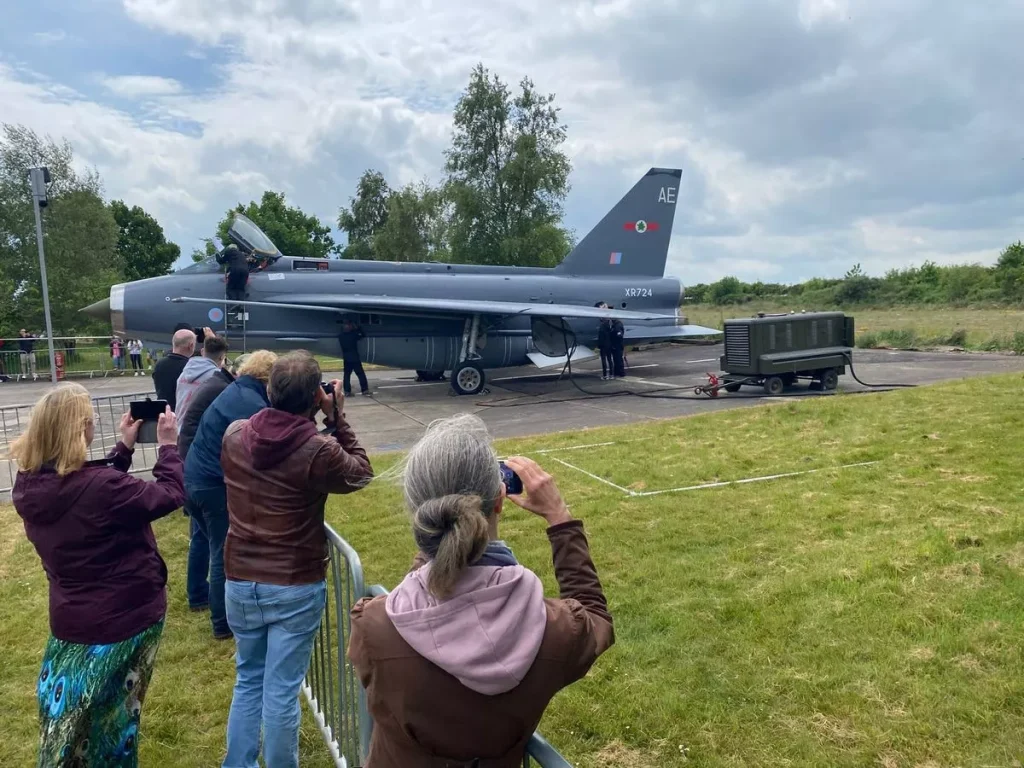
Originally built to defend British airspace from potential Soviet incursions, XR724 made its maiden flight in February 1965. After its retirement in 1988, the aircraft was briefly flown again in 1992, when it returned to Binbrook following a special permit granted by BAE. Since then, it had been preserved but dormant—until now.
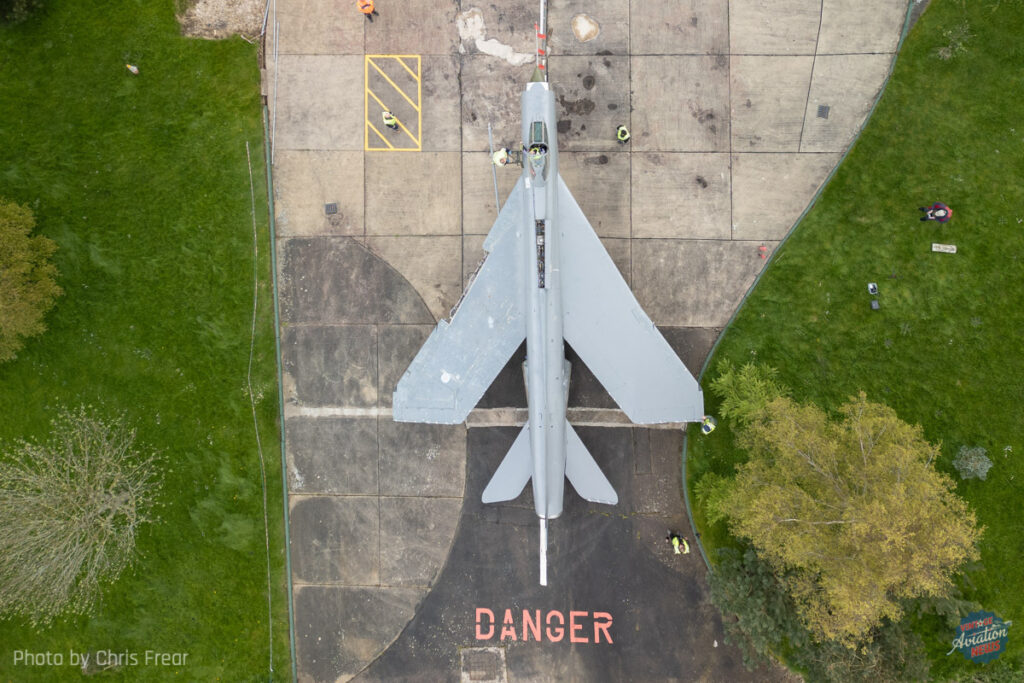
Over the last three decades, volunteers from The Lightning Association painstakingly restored XR724. Led by Steve Baker, the team ensured every marking and panel matched the aircraft’s historical specifications. The Dark Sea Grey and Barley Grey paint scheme was applied by hand, and the aircraft’s shelter has allowed for year-round maintenance. The restoration team also includes members like Will Grant-Giles, who provided mechanical support, and many others who have kept the project moving forward.
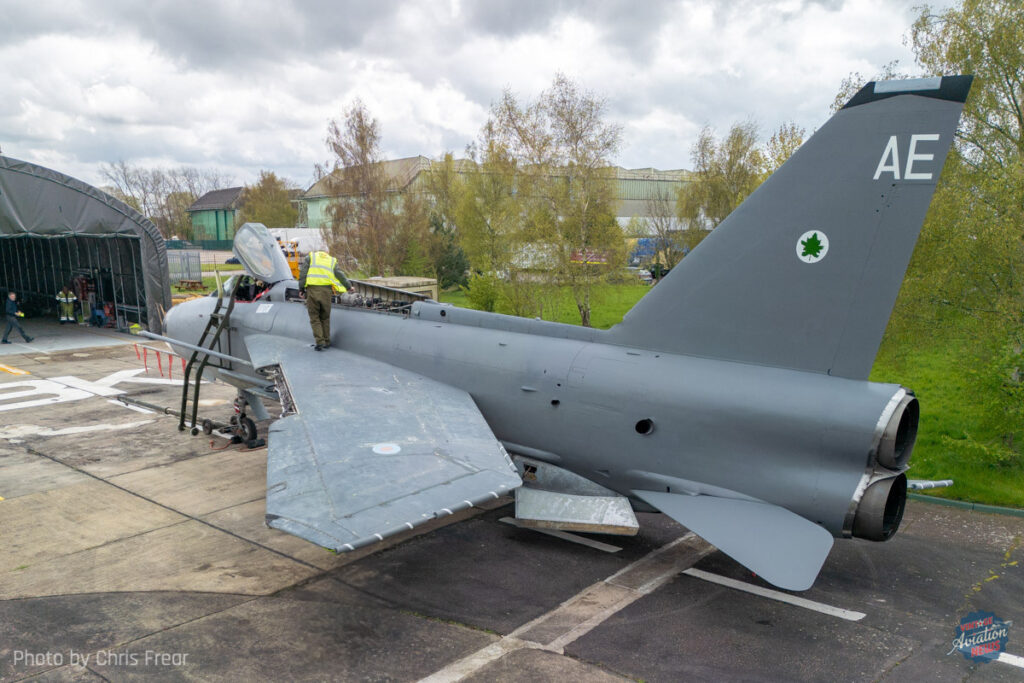
The recent engine run was conducted by Chief Engineer Chris Johnson, Chief Engineer with Flight Sergeant Phil Wallis—himself a Binbrook veteran—supporting the operation. The Lightning’s engines, capable of producing 16,000 pounds of thrust each, drank fuel at a rate of eight gallons per second, making the test not only impressive but historically accurate.
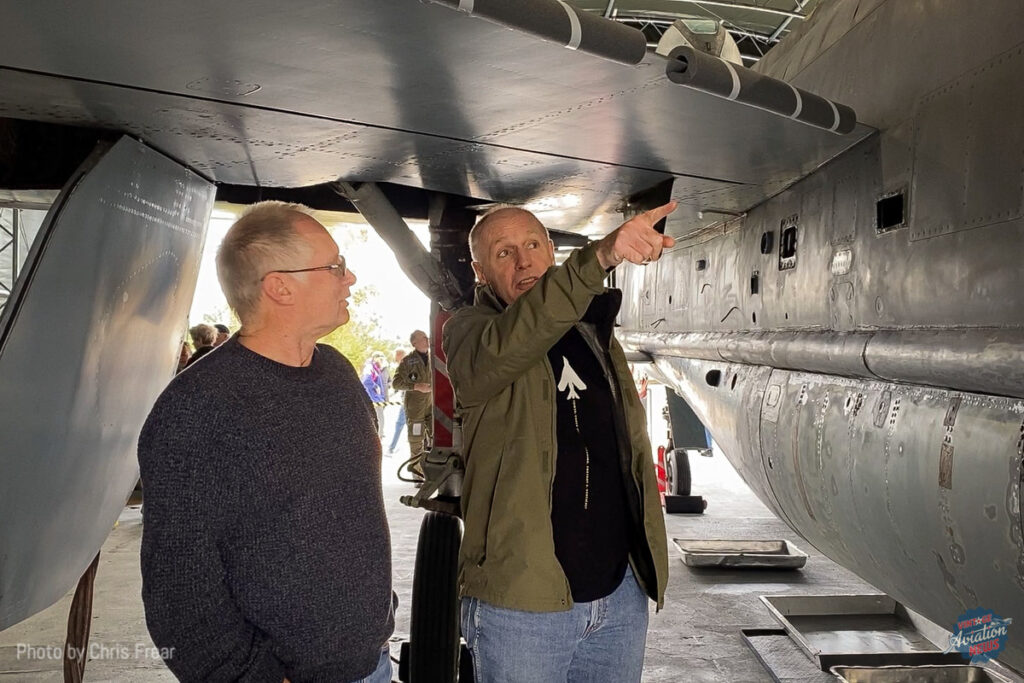
Enthusiasts, including former cadets and even civilians who once flew in the aircraft, gathered to witness the moment. The event served as a reunion for many who had watched or worked on Lightnings during their heyday and now help preserve their legacy. With its engines once again rumbling across the airfield, XR724 stands as a vivid tribute to Britain’s aviation heritage and to the volunteers who brought it back to life.
